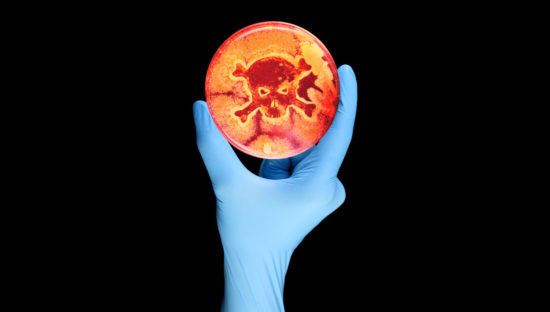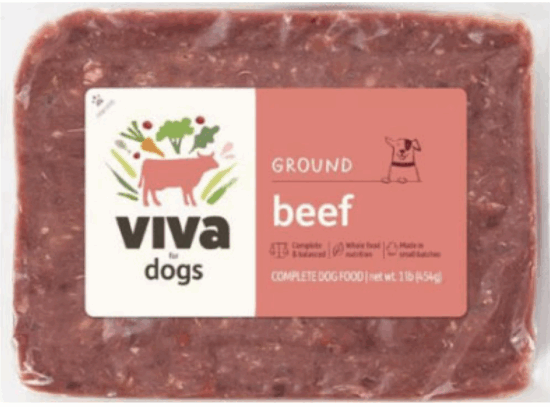Almost 50 confirmed E. coli infections and several deaths have been reported in eight nursing homes in a region of Belgium.
In Flanders, it has been confirmed that 48 patients and seven deaths were caused by the same strain of Shiga toxin-producing E. coli (STEC) O157. Infections in the eight nursing homes were first reported on Aug. 17, and the peak was between Aug. 20 and 22. At least one staff member has also fallen sick.
Officials said this indicates that residents were infected by the same food source during the week leading up to Aug. 18. It was previously reported that 20 residents of six nursing homes were sick.
Other suspected cases
In Brussels and Wallonia, investigations are ongoing. In Brussels, only one nursing home and one patient is involved. In Wallonia, there are three sites with 14 cases and one death under suspicion. Symptoms appeared in the weeks commencing Aug. 18 and 25.
The Flemish Department of Health (Departement Zorg), Federal Agency for the Safety of the Food Chain (FASFC), and Sciensano (Belgium’s national public health institute) are investigating the outbreak.
Joris Moonens, spokesperson for Departement Zorg, said: “I would like to emphasize that we have no indication of new food contamination. A number of possible cases with more recent symptoms appear to be attributable to human-to-human transmission. Everything still indicates that a contaminated food product circulated in all these residential care centers a few weeks ago, but that there is no longer a risk of contamination through food.”
In Wallonia, two nursing homes, in Namur and Luxembourg, have been affected by confirmed STEC infections. Tests are underway to determine whether the serotype is O157. In a third nursing home, some residents are showing symptoms, but there is no confirmation yet that it is a STEC infection.
Search for food source
In Brussels, lab tests confirmed a STEC diagnosis in a resident of a nursing home in Jette. Results are pending on if the strain is O157. The patient became ill around Aug. 19, indicating they were likely infected through the same food source as the other cases. This person has now recovered.
The Federal Agency for the Safety of the Food Chain (FASFC) is trying to identify the source of the contamination.
Inspectors are visiting each nursing home where suspected cases have been reported to collect any food samples for analysis. Leftovers have already been collected, but they are not from the period being investigated, as contamination dates back several weeks. These food samples have been sent to the national reference laboratory for analysis.
FASFC is also mapping the supply chain to identify suppliers and food products shared by the establishments concerned.
“Despite the complexity of the investigation, FASFC is mobilizing all its resources to identify the cause. We must act with extreme caution. The E. coli epidemic that hit Europe in 2011 taught us not to jump to conclusions. At the time, tomatoes and cucumbers were wrongly implicated. It was only several months later that the true source — sprouted seeds — was identified,” said Aline Van den Broeck, FASFC spokeswoman.
That E. coli O104 outbreak sickened more than 4,000 people in 16 countries and was traced to fenugreek seeds imported from Egypt.
(To sign up for a free subscription to Food Safety News, click here)



